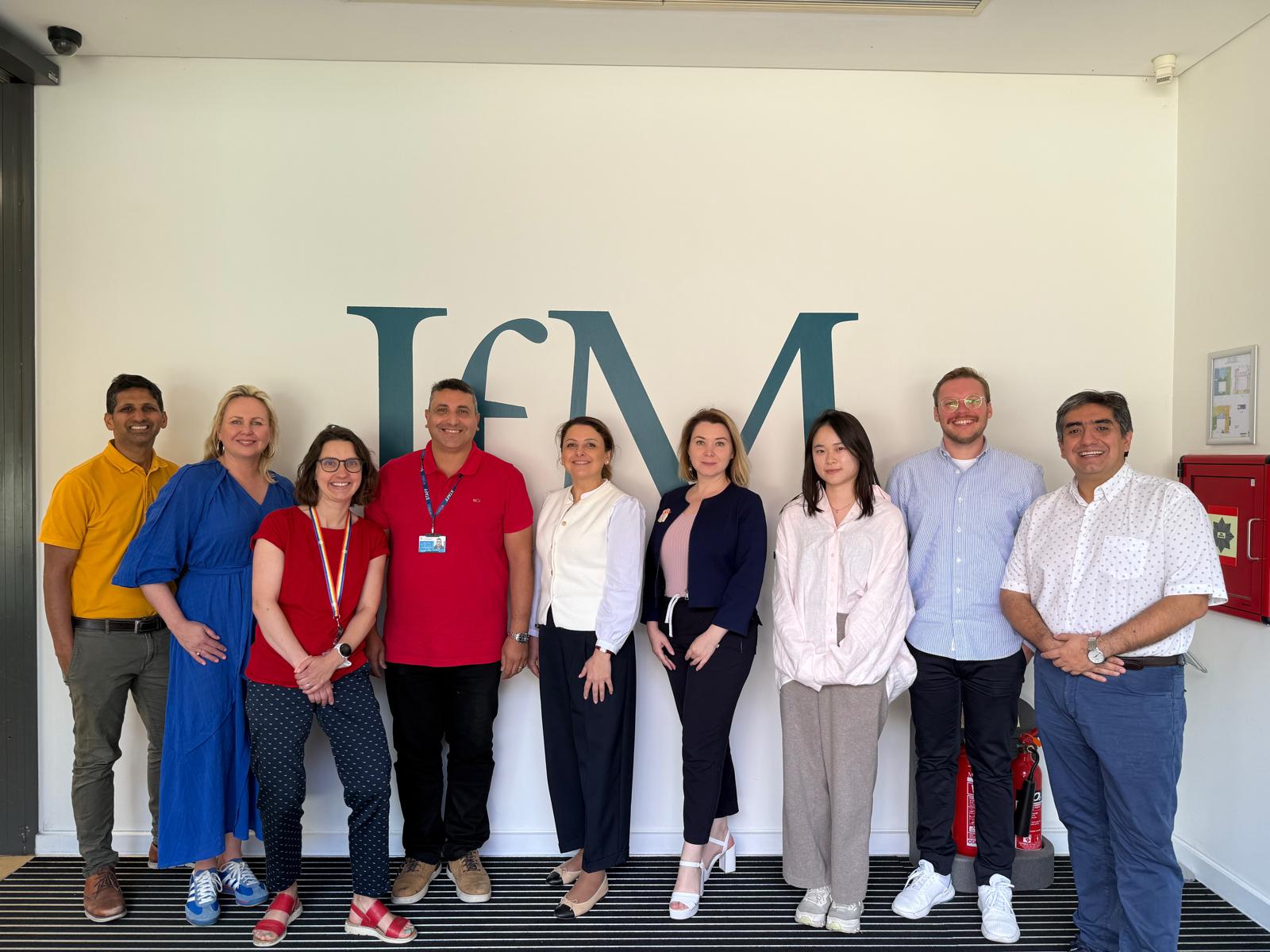The 2021 CSA Industry Day was held online for the second year in a row. While the pandemic was still a disruptive presence, it had become business as usual for many firms and our speakers were firmly focused on the opportunities presented by digital technologies and the largely non-COVID challenges they are overcoming to realise their potential.
Digital Transformation Journey at SEAT S.A & CUPRA
Andre Radon, Chief Information Officer, SEAT
In the automotive sector, digitalisation is underpinning what will ultimately be a shift to a completely new business model, in which people stop seeing cars as commodities and start to think of ‘mobility’ as a service.
Disruption on this scale, Radon explained, is akin to the arrival of cars in the early twentieth century. In just ten years they had almost completely replaced horse-drawn vehicles in the world’s major cities. Firms that failed to adapt to this new reality did not survive.
The motivation for going digital, then, is the need to ensure a firm’s long-term viability. For SEAT, that means an increased focus on customers, developing new business models to meet their needs and growing its global footprint – while becoming more efficient.
How do you go about digital transformation on that scale? According to Radon, it’s achieved by combining a bottom-up with a top-down approach. You need to talk to people on the ground, he argued, to fully understand their processes and pain points while simultaneously getting your leadership team on board and promoting the strategy.
One of the challenges of digitalisation for all firms is getting the right balance between people and technology: you need the right technology to drive digitalisation but you also need people who both understand the technology and who can withstand huge organisational change. Radon described how, as the needs of its business change, SEAT is investing in its employees to meet those needs by, for example, training factory workers to code.
Refocusing the business on customer needs has demanded end-to-end digital transformation. SEAT has developed a supply chain control tower which supports a new way of operating. Instead of building cars and pushing them out of the factory door, it now responds to customer orders, pulling in parts from the supply chain to fulfil them. The tower is already in place. SEAT’s next ambition is to make it accessible to the whole supply chain so that it becomes a digital marketplace for service suppliers.
Digitalising the service business of machine tool manufacturers
Stephan Abke, Senior Project Manager, DMG MORI
Machine tool manufacturer DMG MORI digitalisation took an early strategic view that it wanted to shift its focus to providing services and solutions as well as products. To achieve this, the firm needed to undergo a digital revolution.
It started by reducing its portfolio and integrating apps into all its machines to give customers insight into their usage, allow them to optimise performance and to schedule maintenance more efficiently. By using digital twin technology, the customers can simulate how the machine will behave and how the drilling head should move.
The digital strategy, Abke emphasised, is designed to deliver high quality services, moving DMG MORI from a world of long waiting times and complicated customer interfaces to a single system with which the customer can communicate directly. Like SEAT, it plans to expand the platform to include suppliers of spare parts, creating a digital marketplace for suppliers and a one-stop shop for customers.
The customer portal was the first step on the journey. The firm is working on a new platform that will manage the whole service process internally from issuing tickets, assigning tasks and managing the schedule which customers can access to track progress, providing them with end-to-end communication.
Spot for Construction: Autonomous Robotic Scanning for Digital Twins
Brian Ringley, Construction Technology Manager, Boston Dynamics
Ringley introduced us to Boston Dynamics’ three main robots: Stretch which for warehouse automation, Atlas for testing new products and Spot, the dynamic sensing robot, for use on construction sites. Spot comes with its own intelligent sensors but can also integrate other devices such as cameras and laser scanners.
Ringley explained how 85% of construction projects go over budget and fail to deliver on time. One of the challenges contractors need to overcome is having complete visibility of the site at all times to ensure that progress is being maintained and mistakes can be identified quickly. This is difficult to do without automation: people are too valuable to spend all day on data capture and they tend not to be very good at it, fixed sensors are not useful in a constantly changing site and wheeled or tracked robots can’t go up and downstairs.
This is where Spot comes in. It can be used for monitoring site progress, typically via a daily walkaround which generates an automatic report, derived from data that is well structured and in a format that can be interrogated. Spot can also deliver the data needed to create a digital twin, so that site managers can check what is supposed to be happening against reality to identify problems.
‘Likes’ guaranteed: how AI can revolutioniseyour social media and customer engagement strategy
Mohamed Zaki, Deputy Director, Cambridge Service Alliance
New digital platforms allow customers to engage with firms in new ways, such as social media or through apps. However, in spite of all the effort put into these channels, engagement rates remain surprisingly low. Zaki described how he used a portfolio of AI techniques including machine learning, natural language processing and image analysis to help brands understand what kind of content is most likely to generate high levels of customer engagement.
To do this he needed to solve a number of problems. Firstly, it is important to understand the purpose of each piece of content before you can measure its success. Content that could be described as ‘emotional’, for example, is much more likely to generate high levels of engagement than content that is purely commercial, such as announcing a change in share price. However, the latter is still an important part of a communications strategy so should not be excluded on the grounds of having lower engagement rates than a more emotional post. The team’s first task, therefore, was to use AI to create a typology of content so that like could be compared with like.
They also needed to understand how to combine platform metrics (such as ‘likes’ or ‘follows’) with other dimensions such as sentiment and image analysis. Having achieved that, Zaki described some of their detailed findings to illustrate the effectiveness of their approach. For example, photographs of people taken outside performed better than pictures taken indoors, the position of people’s heads in the frame is important as is whether they are looking straight ahead or off to one side. Certain words were also shown to increase or decrease levels of engagement.
What does all this mean for firms? Zaki’s AI model can predict engagement levels with 86% accuracy. For firms investing in customer engagement strategies this is potentially transformational. They will be able to develop content that is guaranteed to work as well as evaluate their competitors’ content strategies.



